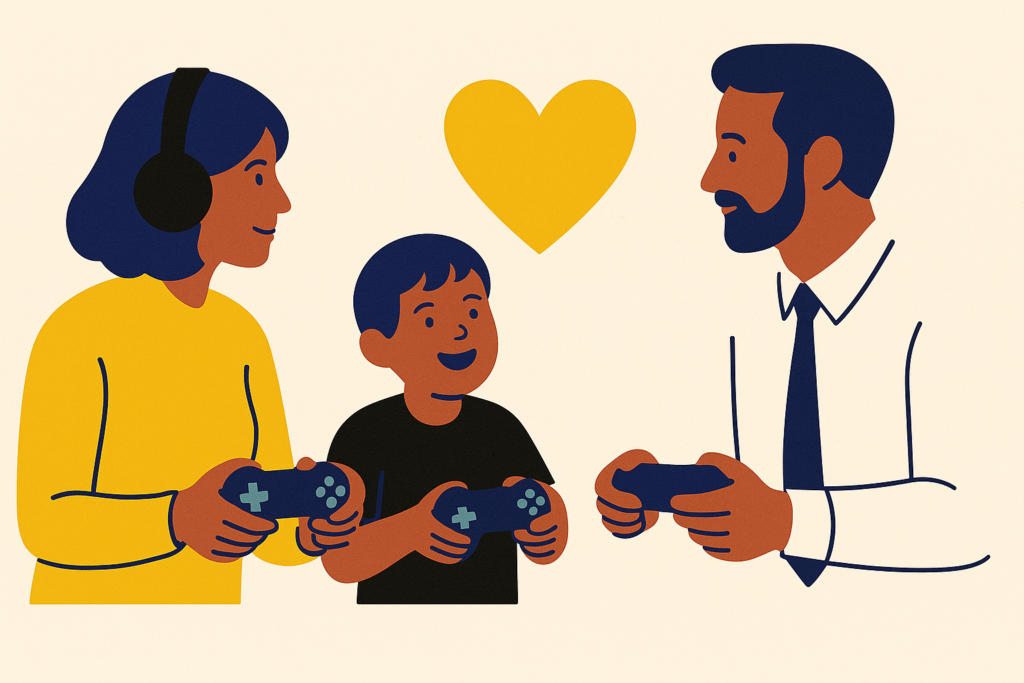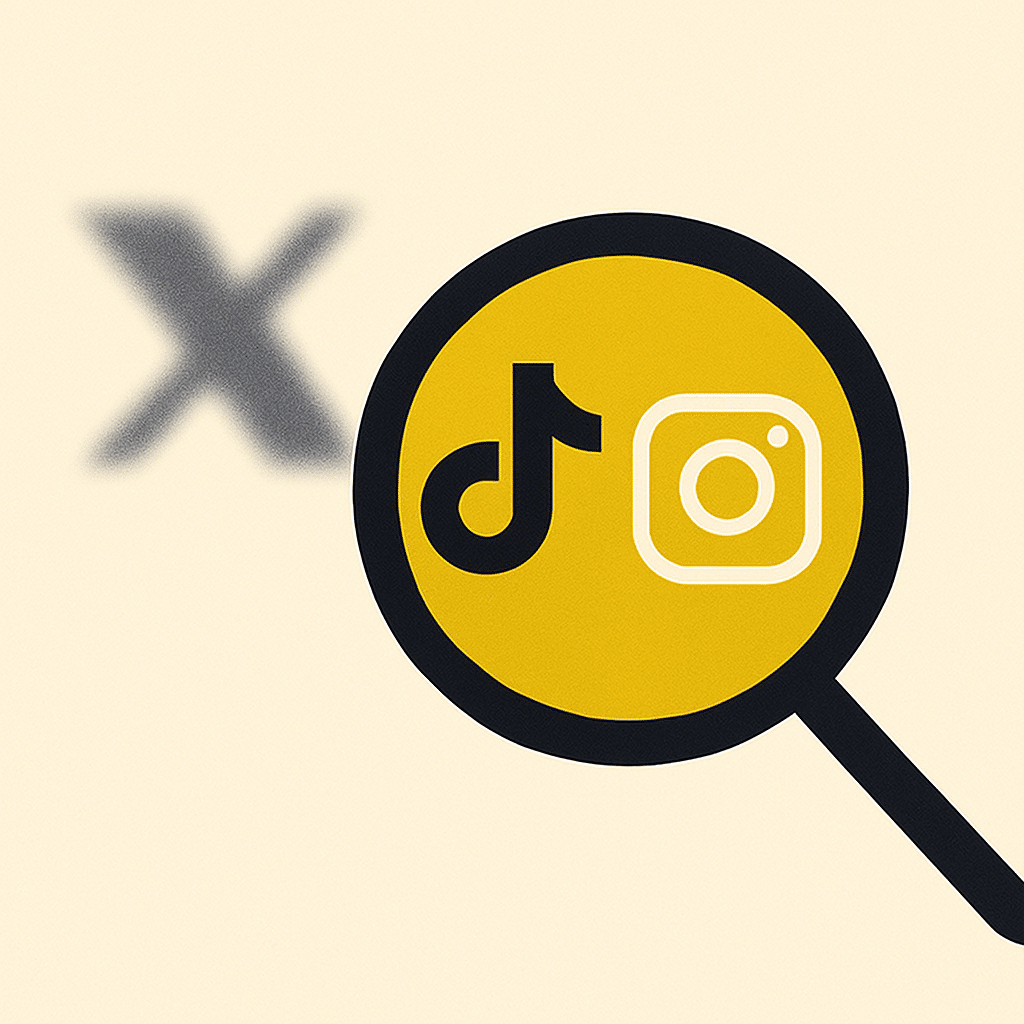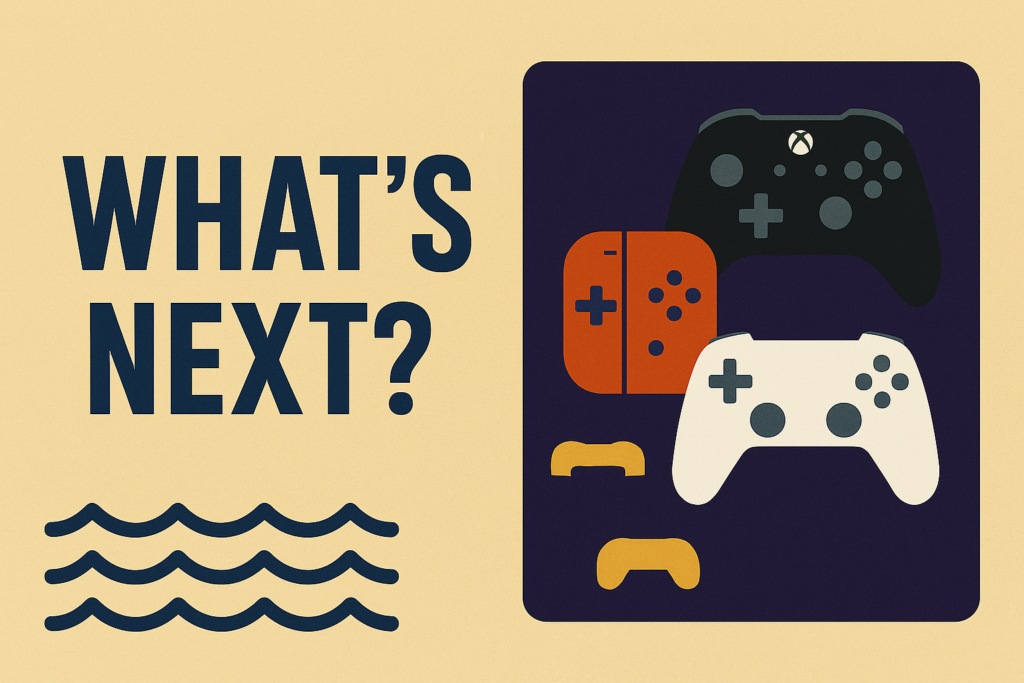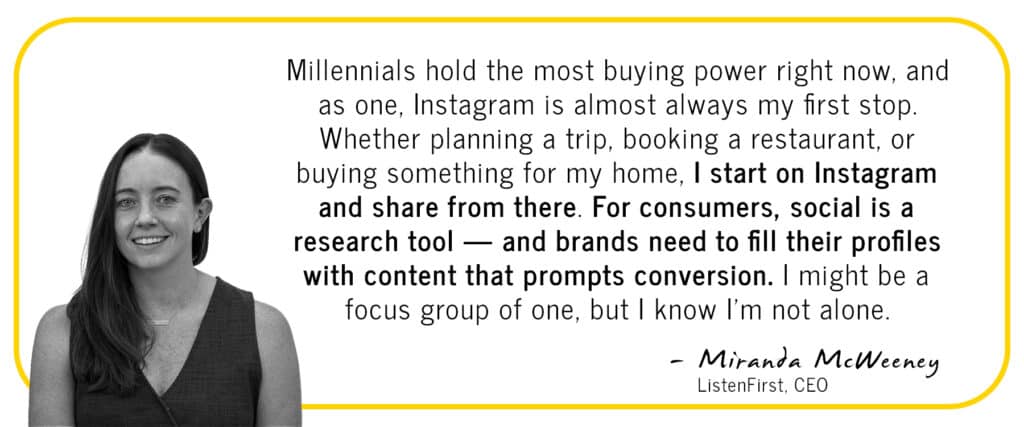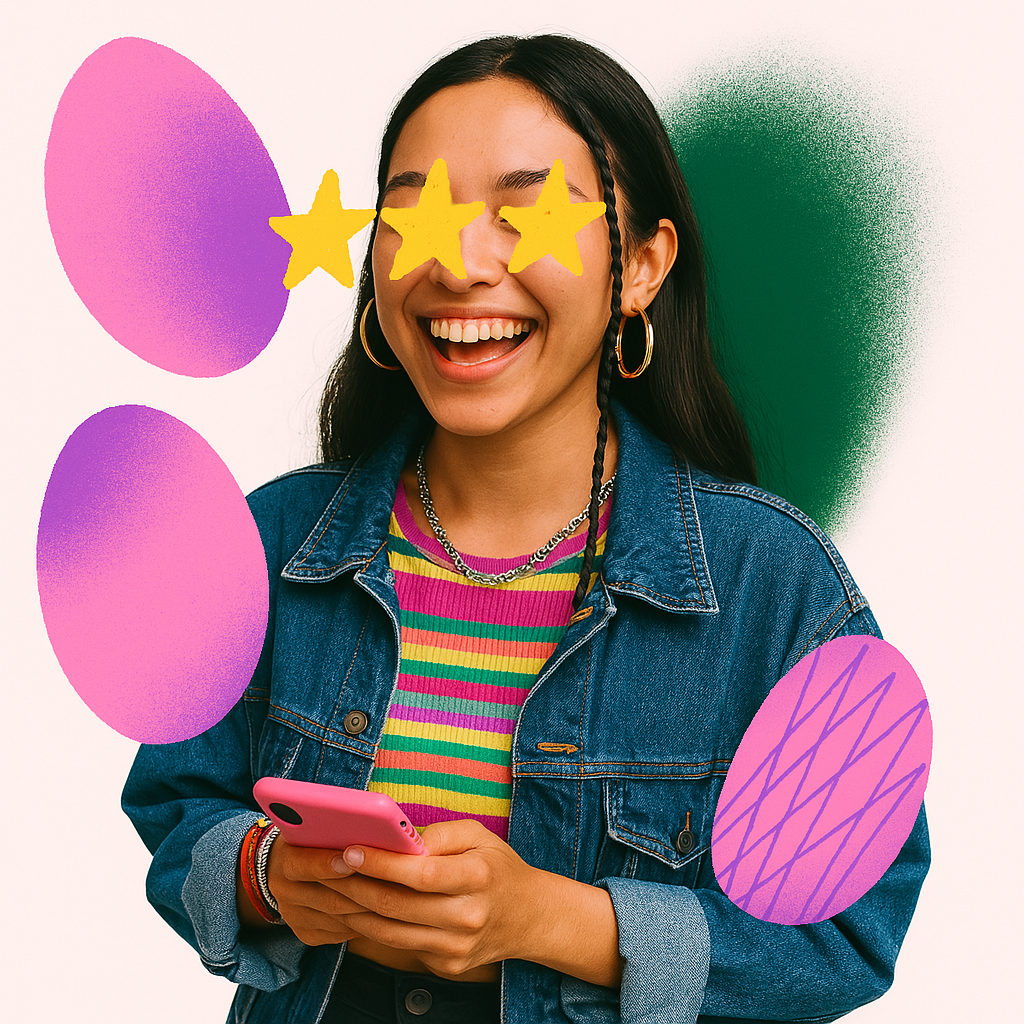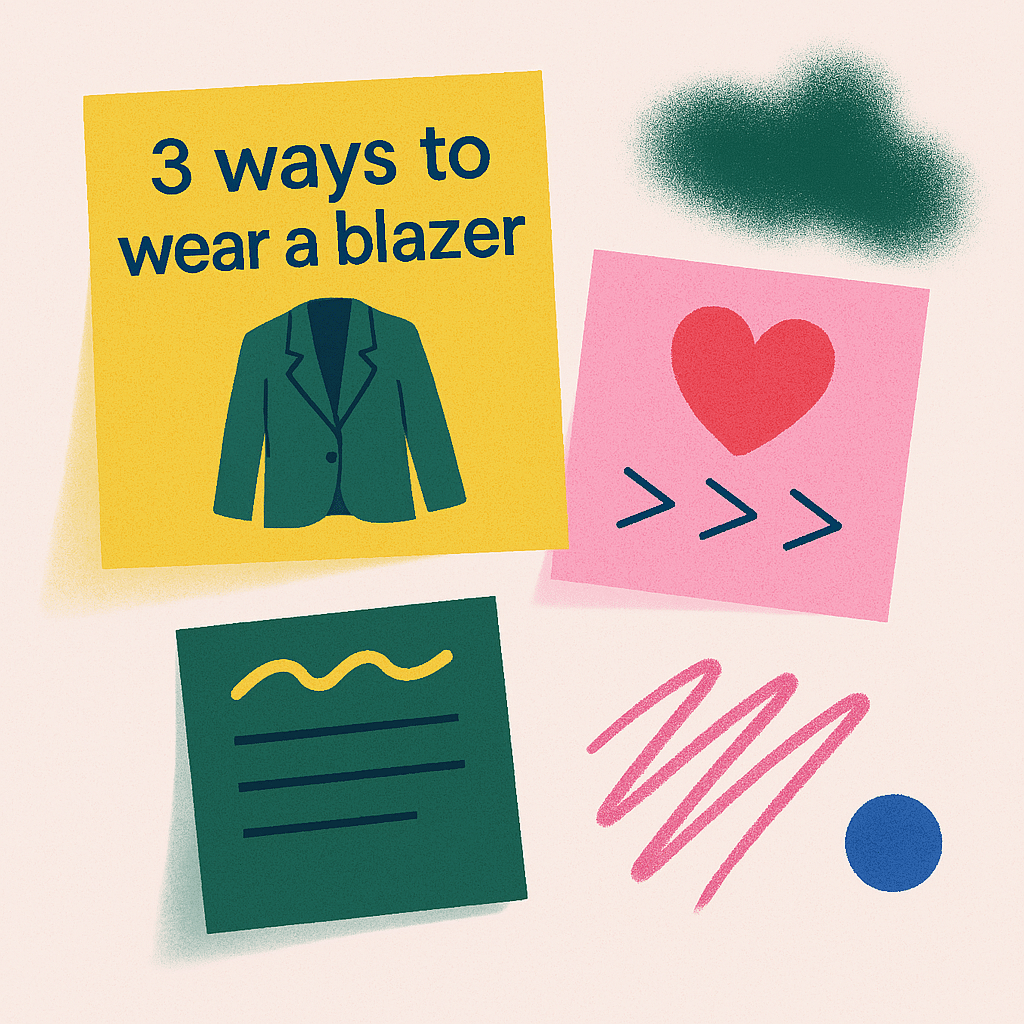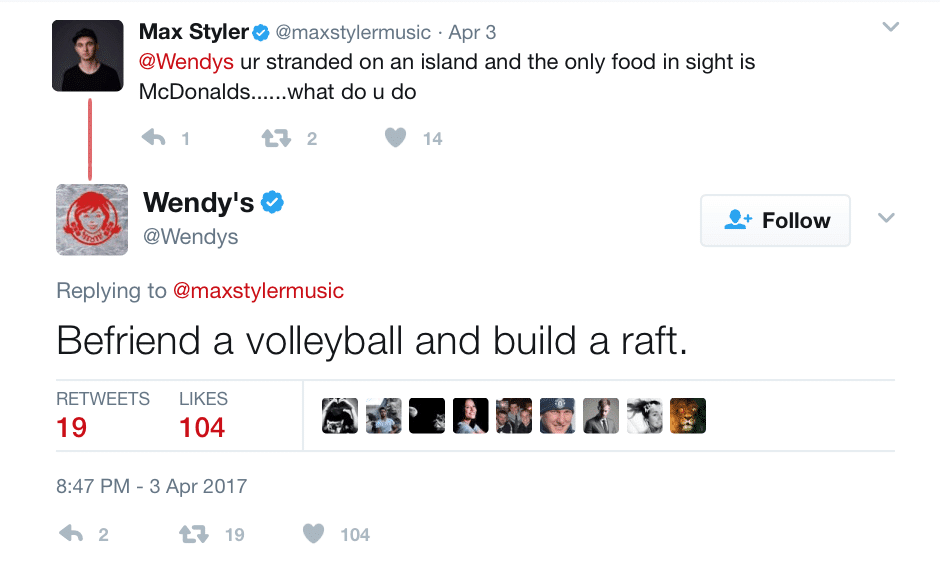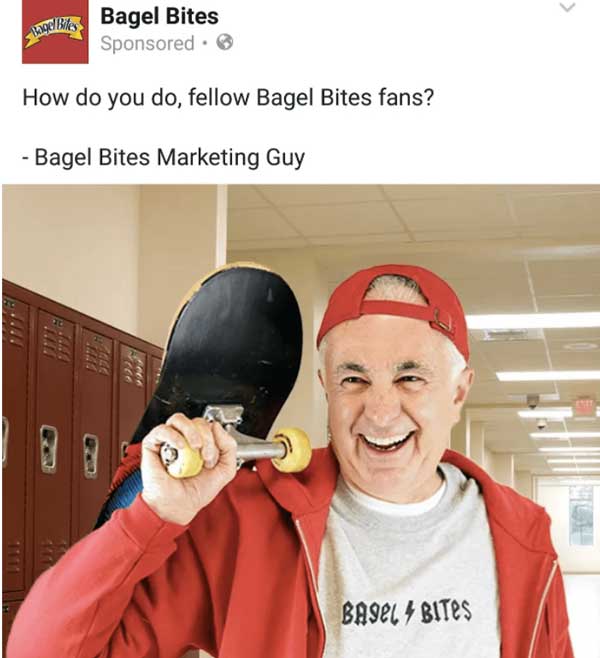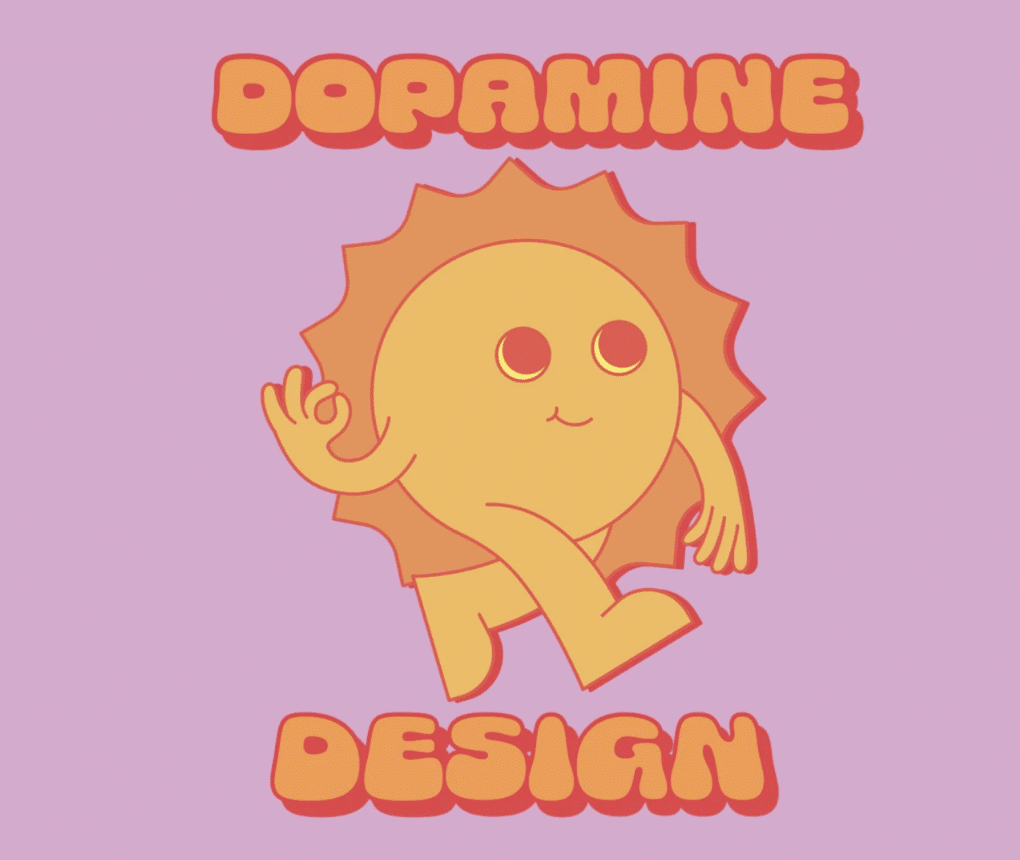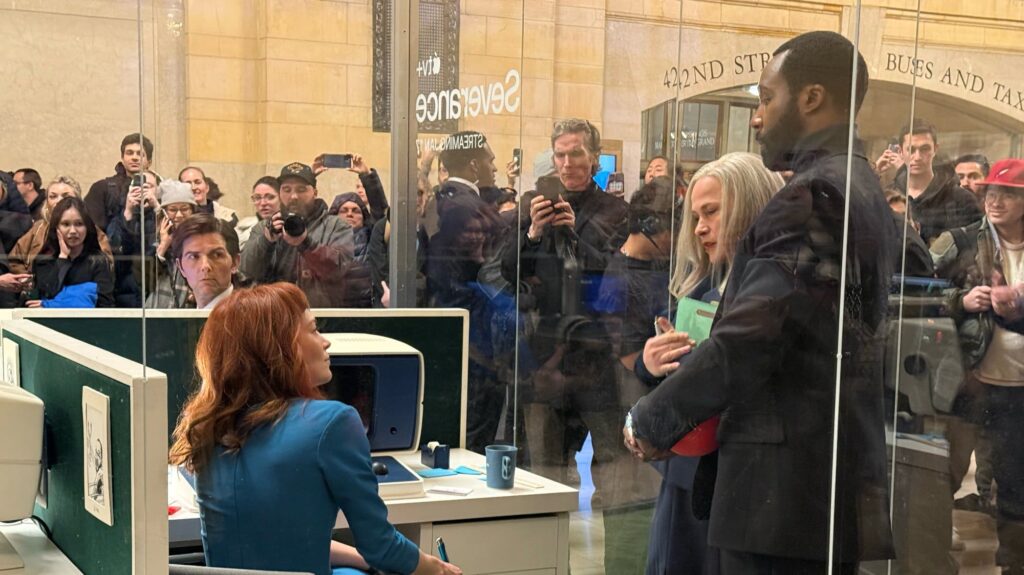Diving In: Factory to Consumer – TikTok vs. Luxury
The Factory Feed: How TikTok Is Rewiring the Fashion Narrative From the Inside Out
For decades, luxury fashion relied on mystique: heritage branding, vague references to craftsmanship, and the aura of exclusivity. But TikTok isn’t buying it anymore.
A wave of Chinese manufacturers is going viral by revealing what they claim are iconic designer goods’ true origins — and costs. From $5 Lululemon-style leggings to $50 Louis Vuitton lookalike bags, the message is clear: skip the markup, skip the middleman, and buy straight from the source.
This is more than a fleeting trend. It’s a full-on social and economic narrative shift. On a platform where the algorithm rewards transparency, curiosity, and chaos, these factory-floor TikToks are exposing the fault lines in luxury fashion’s foundation.
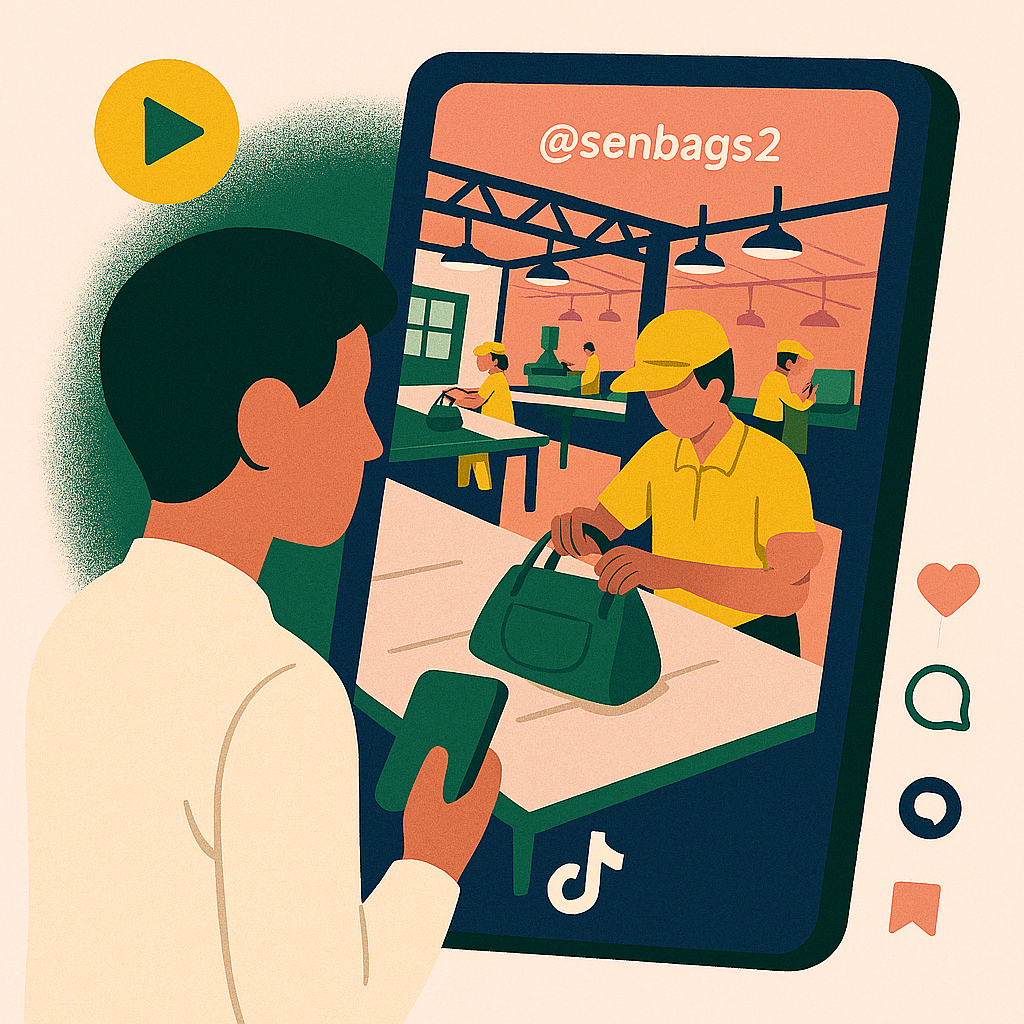
China’s TikTok Factory Invasion: A New Front in the Trade War
One of the most prominent figures fueling this trend is TikTok creator @senbags2, whose videos have garnered millions of views before being taken down. In one viral post, he claimed that 80% of luxury handbags are made in China — a statement that resonated widely with TikTok audiences despite sparking controversy. His videos often featured virtual tours of bustling factory floors and claims of insider access to production lines used by top luxury labels. While brands have refuted these claims, the content’s popularity reflects a broader public appetite for what feels like a peek behind the curtain.
Many of these viral TikToks are a direct response to recent trade tensions. As the U.S. ramps up tariffs on Chinese imports (with proposals of up to 145%), factories and creators in China are fighting back — not through politics, but through content.
The result? Highly produced videos, factory walk-throughs, and influencer partnerships showcasing how and where luxury goods are really made. Some call it marketing. Others call it propaganda. Either way, it’s working.
With over 10 million views, one video claims to sell yoga pants made on the same production line as Lululemon for $5-$6. Another shows a Louis Vuitton-style bag being stitched in a brightly lit factory, offered to TikTok viewers for $50. Many videos directly reference American consumers, urging them to buy before tariffs drive prices even higher.
Factory workers have begun revealing tags and labels marked “Made in China” on products from well-known American fashion brands—challenging long-held perceptions of domestic craftsmanship and raising questions about origin transparency. AI-generated satire clips — like Trump and Elon Musk assembling sneakers — add an extra layer of spectacle to the mix.
This isn’t just about access; it’s about power. As one creator put it, “We make all the cards.”
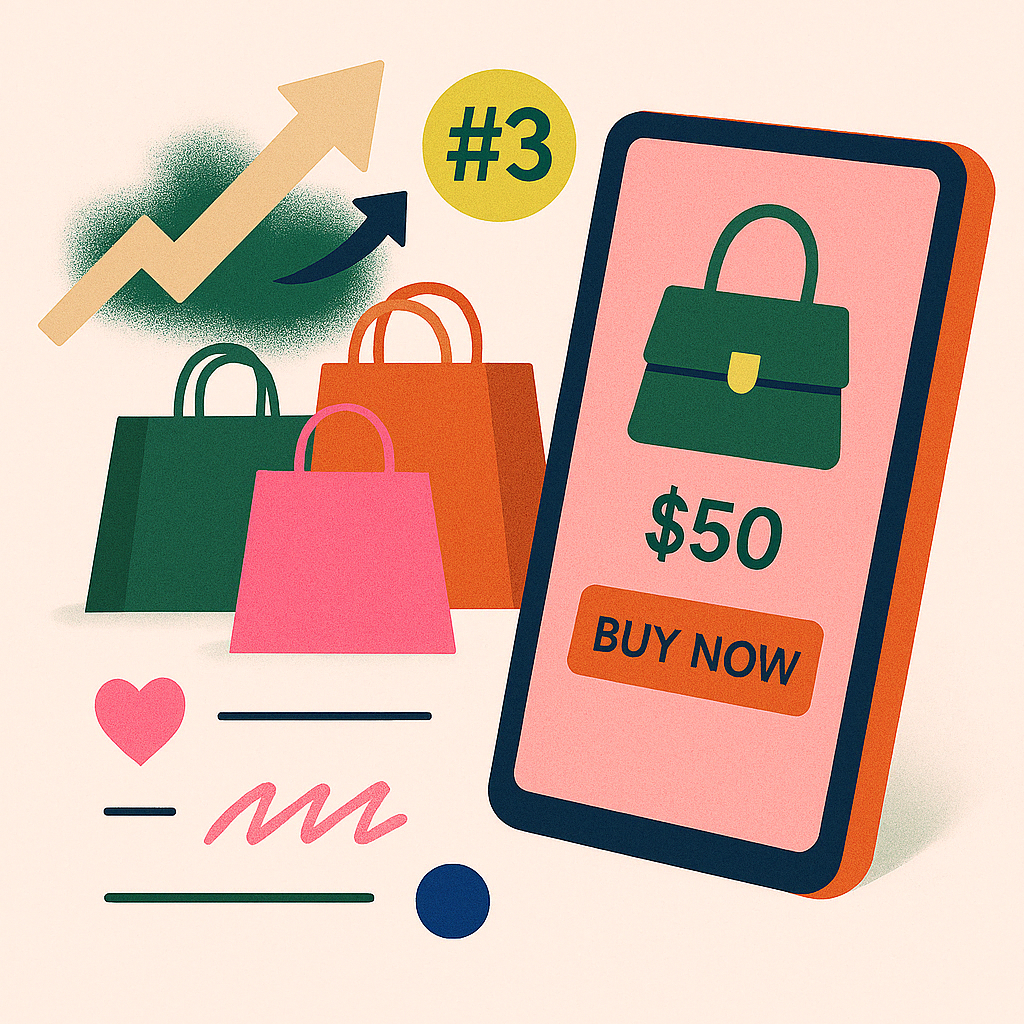
From Exposure to Explosion: The Rise of F2C (Factory to Consumer)
The trend has sparked explosive growth for platforms like DHgate, which shot from #352 to #3 in the U.S. App Store overnight. TikTok Shop and other grey-market channels are also booming, as consumers flock to buy goods that appear nearly identical to luxury products for a fraction of the cost.
It’s the logical next step in a world trained by DTC (direct-to-consumer) marketing. Consumers, especially Gen Z, are no longer content with accepting brand storytelling at face value. They want to see the supply chain. They want to know who’s making their goods, where, and for how much.
This aligns with Gen Z’s shift toward de-influencing, quiet luxury, and values-based shopping. The flex is no longer the logo. It’s the knowledge.
Additional reporting from Chinese publication Jing Daily notes that while some of the claims made in these videos may exaggerate or misrepresent brand affiliations, the trend has still managed to reshape consumer perceptions — both inside and outside of China. They highlight how this type of content walks the line between myth-making and truth-telling, with some factories using savvy marketing tactics to suggest ties to top luxury houses without explicitly naming them. The result is a form of “strategic ambiguity” that resonates with curious, price-sensitive audiences eager to believe there’s a cheaper, smarter alternative to traditional luxury.
Reporting from the Australian Financial Review further illustrates how some of these videos take viewers inside Chinese factories that purportedly produce for major luxury brands. These clips often blend real production insight with sensational claims, feeding a broader narrative that encourages viewers to bypass traditional retail channels and purchase directly from manufacturers. The videos—ranging from satirical to informative—capitalize on TikTok’s visual immediacy to build a compelling storyline about cost, origin, and access. The impact lies less in verifying claims and more in shaping how users feel about brand markup, exclusivity, and transparency.

What the Internet Thinks: Transparency vs. Propaganda
Reddit comments on the trend highlight the divide. Some praise the transparency:
“There are higher tier reps from specific factories in China that source high quality material that is the same level as designer brands.” – u/Excellent-Baker8390
“There’s a misconception pushed through racist Western propaganda that Chinese always = bad… the workers are most likely Asian, and many times Chinese.” – u/MozuF40
Others are more skeptical:
“Sometimes they claim to make Birkins or LV bags. I live near Hermès workshops that produce them — and I’m very much not in China.” – u/Spiritual-Pumpkin473
“This is definitely Chinese propaganda. Gullible people are buying right into it.” – u/Swimmingindiamonds
Either way, consumer behavior is shifting. Social platforms are now the battleground where brand perception is made and unmade.
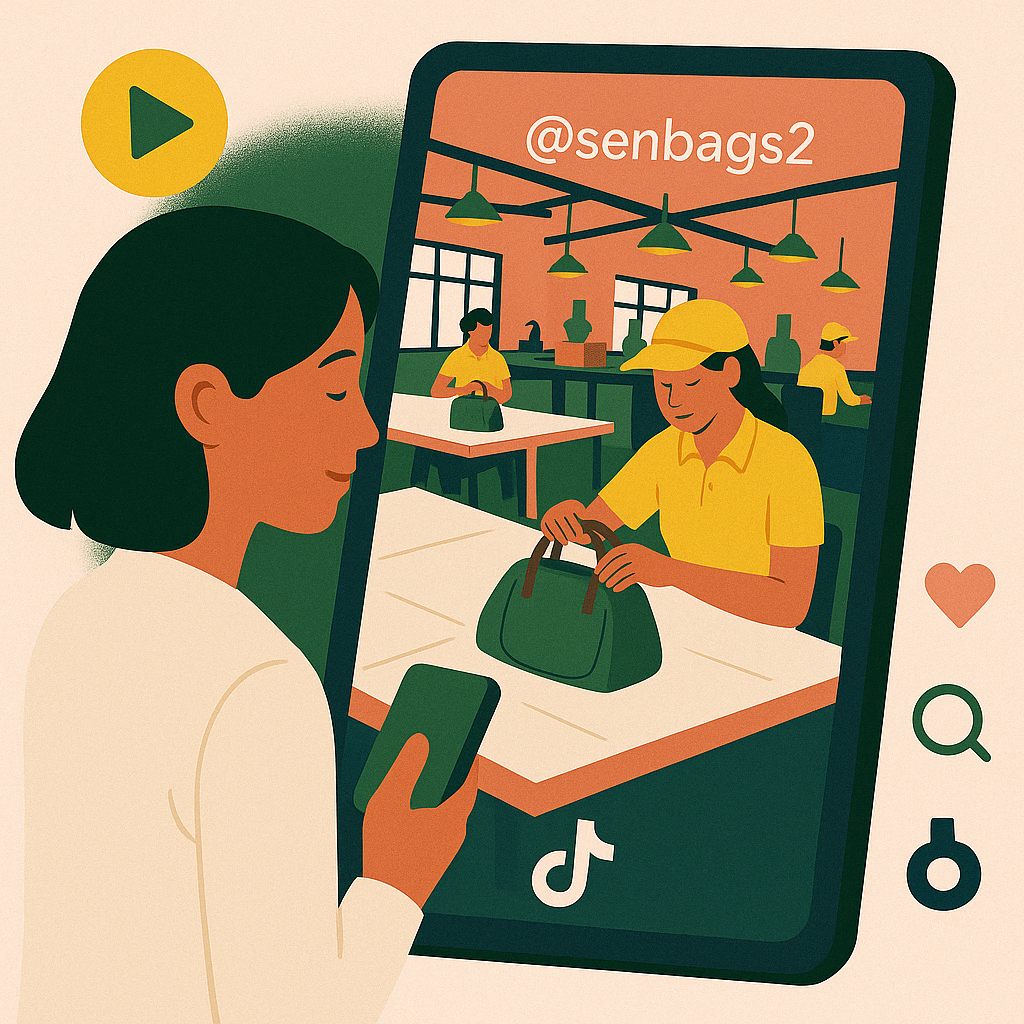
The Rise of Factory Content Creators
While Chinese factories lead the charge, a growing class of content creators is helping fuel this new obsession with how things are made. One standout is William Lasry, founder of Glass Factory, a social-first platform that showcases vetted manufacturing partners.
Lasry gained traction by posting videos about where popular streetwear brands manufacture their goods. His platform now has:
- 487K TikTok followers
- 112K Instagram followers
- 100M+ video views across channels
Glass Factory’s motto, “No more gatekeeping,” reflects a cultural shift toward radical transparency. Lasry and his team vet factories based on quality, ethics, and labor conditions, and they highlight both trusted partners and red flags. Their work underscores the growing demand for behind-the-scenes knowledge, especially from Gen Z consumers and aspiring fashion entrepreneurs.

What Luxury Brands Can Do to Respond
This wave of TikTok-fueled transparency isn’t going away. To stay competitive and credible, luxury brands need to evolve their communication strategy and operational storytelling:
- Own the narrative with controlled transparency. Highlight your supply chain in a way that feels authentic, not defensive. Offer factory footage, worker stories, and ethical sourcing proof before someone else does.
- Invest in selective visibility. Not every part of the process needs to be revealed, but being candid about materials, labor standards, and production partnerships builds trust.
- Partner with credible creators. Tap into the movement by collaborating with supply chain-focused influencers who can authentically vouch for your brand’s practices.
- Reinforce the “why” behind the price. Show your audience what goes into your product beyond stitching—design heritage, innovation, fair labor, sustainability. Don’t just sell a logo, sell the legacy.
- Embrace localization with global honesty. If you produce in China or other lower-cost regions, don’t hide it. Contextualize it. Show why your factory is exceptional, not shameful.
In a world where transparency is a currency, brands must treat their supply chain like a front-facing asset—not a liability.
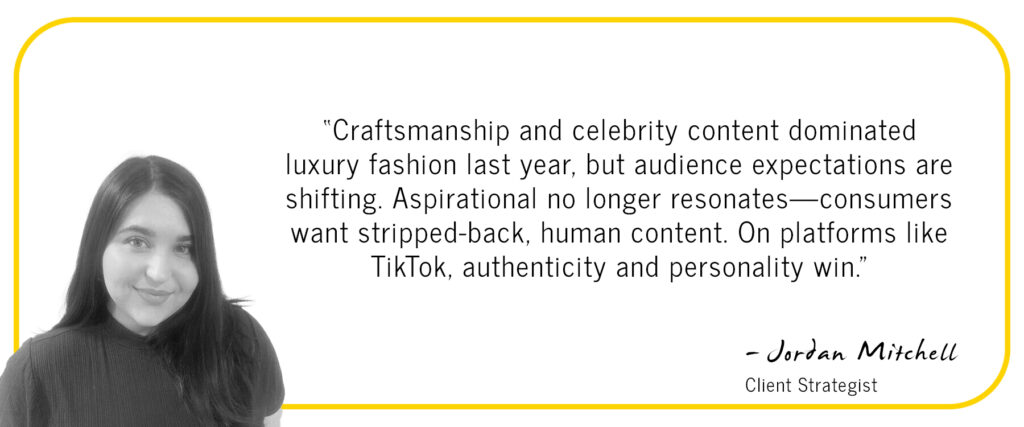

What This Means for Fashion Brands and Marketers
- Narrative control is over. Brands no longer own their story. The supply chain is now content.
- Transparency is the new luxury. Gen Z wants receipts, not rhetoric.
- Social commerce is borderless. TikTok and DHgate are building a shadow fashion economy that bypasses traditional channels.
- Brand trust is up for grabs. In a world of instant exposure, even heritage brands are vulnerable.
For marketers, it’s no longer enough to talk about values. You have to show them on camera, in real-time, on the very platforms where your customers are being re-educated.
Final Thought
The fashion world has always sold a dream. But on TikTok, the dream is being decoded, dissected, and in some cases, dismantled. Luxury isn’t dying — it’s being redefined. And the factory floor, once hidden behind brand mystique, is now center stage.
Luxury brands on social, ranked by Engagements for April 9th 2025 – April 15th 2025
| Rank | Brand | Engagements |
| 1 | Loewe | 2,017,759 |
| 2 | Dior | 675,217 |
| 3 | Calvin Klein | 639,263 |
| 4 | Prada | 585,059 |
| 5 | Versace | 520,377 |
| 6 | Fendi | 490,302 |
| 7 | Zuhair Murad | 425,936 |
| 8 | Gucci | 415,921 |
| 9 | Swarovski | 393,849 |
| 10 | Polo Ralph Lauren | 334,173 |
Want more deep dives like this? Make sure to subscribe to our weekly newsletter, LF Pool Party, for everything social media professionals need to know to make their strategy a 10/10.

